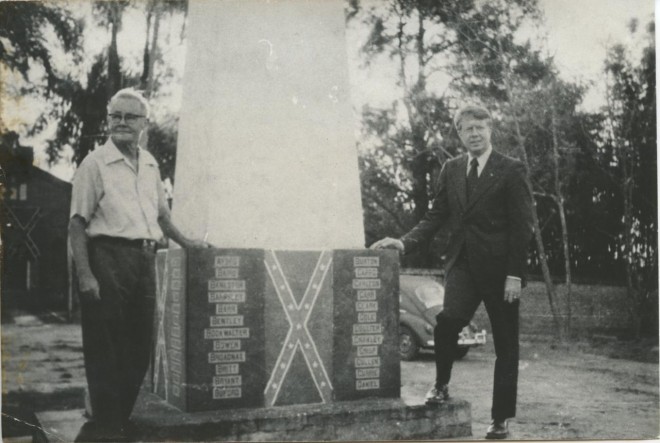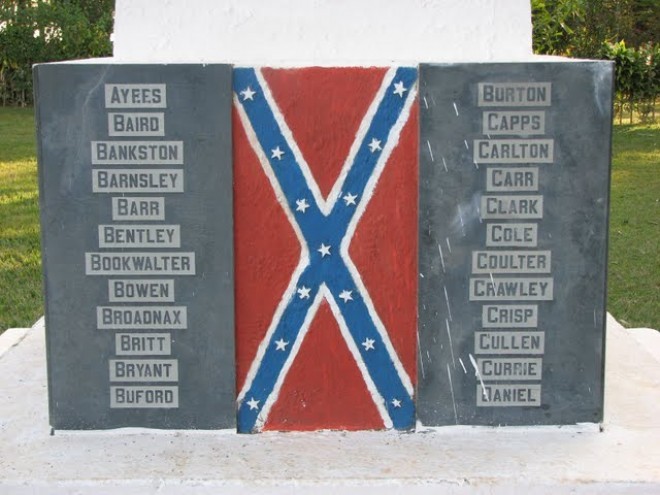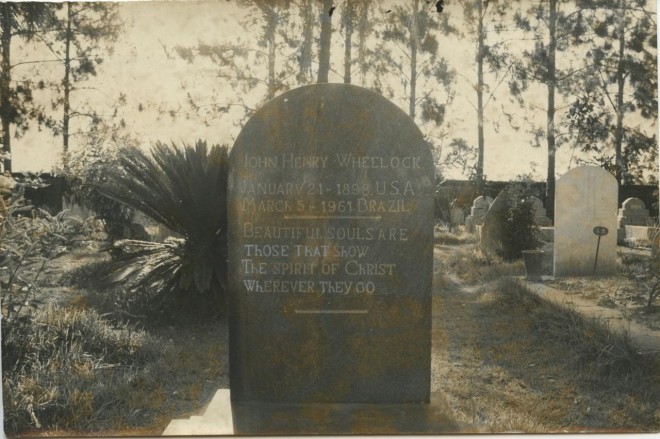
Every once in awhile, we come across a story that is almost too hard to believe. The story of Americana, Sao Paulo, Brazil, a city within the largest city on Earth is one of them. Except this time, it’s true. A group of confederate patriots who fled the south at the end of the American Civil War with slaves and tradition in toe? Yes, and it’s one of those curious stories that isn’t widely publicized, however is extremely fascinating.
In a nutshell, according to Wikipedia, “The American Civil War, widely known as simply the Civil War in the United States as well as other sectional names, was fought from 1861 to 1865. Seven Southern slave states individually declared their secession from the United States and formed the Confederate States of America, known as the ‘Confederacy’ or the ‘South’.

BYPASS THE CENSORS
Sign up to get unfiltered news delivered straight to your inbox.
You can unsubscribe any time. By subscribing you agree to our Terms of Use
Latest Video
They grew to include eleven states, and although they claimed thirteen states and additional western territories, the Confederacy was never recognized by a foreign country. The states that did not declare secession were known as the “Union” or the “North”. The war had its origin in the fractious issue of slavery, especially the extension of slavery into the western territories.[N 1] After four years of bloody combat that left over 600,000 Union and Confederate soldiers dead and destroyed much of the South’s infrastructure, the Confederacy collapsed, slavery was abolished, and the difficult Reconstruction process of restoring national unity and guaranteeing civil rights to the freed slaves began.”
What Wikipedia and most other historical sites forget to mention, however, is the fact that just after the American Civil War ended, Emperor Dom Pedro II of Brazil offered asylum and the ability for the Confederates to continue their lifestyle in Brazil. According to a fantastic first-hand account of her trip to Americana in 1979, author Elizabeth MacKnight recounts an old woman (aged 99) living in Americana who recounted the history of the settlement, “After the Civil War, Brazil had been as much a land of opportunity for American Southerners as the United States had been for Europeans. Instead of stomaching life under Yankee rule, as many as 7,000 Confederates opted to set sail for Brazil, a country twice the size of the U.S. at the time, and a nation where slavery was still legal. The Brazilian government, under the rule of Emperor Dom Pedro II, recruited the Confederates, taking out advertisements in U.S. newspapers and sending representatives to the American South to persuade proud Southerners to live out their dreams in Brazil.
The Brazilian government was eager to import the Confederates’ cotton-growing knowledge, and in return guaranteed them arable land at twenty-two cents an acre. Most went to areas surrounding São Paulo, but others set sail to Rio de Janeiro. At least one shipload of Southerners docked in the port of Belém, set sail down the Amazon River and survived on berries and monkey meat, but perished from malaria. The only community of Confederates that survived was the group that got to the place they called Americana, which they chose because it most closely paralleled their home in Georgia.”
In a nutshell, Dom Pedro offered the southern confederates who had just lost the war a type of award worthy of a lottery win: 22 cent per acre land, a home where slavery was still legal, among other things. In addition, he offered them a package of tax incentives if they immigrated to Brazil. American General Robert E. Lee begged the southerners to refuse, however over 10,000 men, women, and children took Dom Pedro up on his offer and fled to Brazil.
“The Confederados, despite the usual problems of colonization, thrived in an environment that had defeated many settlers before them. Americana became an image of the antebellum period of the American south. Many of the first Baptist churches in Brazil were started there. They built public schools and provided education for their female children, something that was rare in Brazil. They flew the Confederate flag and enjoyed the traditional southern meals of biscuits and gravy, black-eyed peas and, of course, grits.
The settlers had very European names like Stonewall and Butler. They would bake pecan pies, have debutante balls, and sing southern hymns. Only recently was the Confederate flag removed from the city’s crest. In 1906, US Secretary of State Elihu Root made a quick stop in Americana, but had little to say to the expatriates. Root later told his biographer that he left Americana weepy and had told the Confederados they’d never be welcome in the United States again.” explains a report found here.
Today Americana is a city of 120,000 people with Confederados’ descendants making up only about one tenth of the population. But the ties to the old South live on. Fiesta Confederada is a celebration that takes place every year in Americana. The festival has Confederate flags, Confederate uniforms, food typical of the pre-war South and dances reminiscent of scenes from “Gone With the Wind.”







